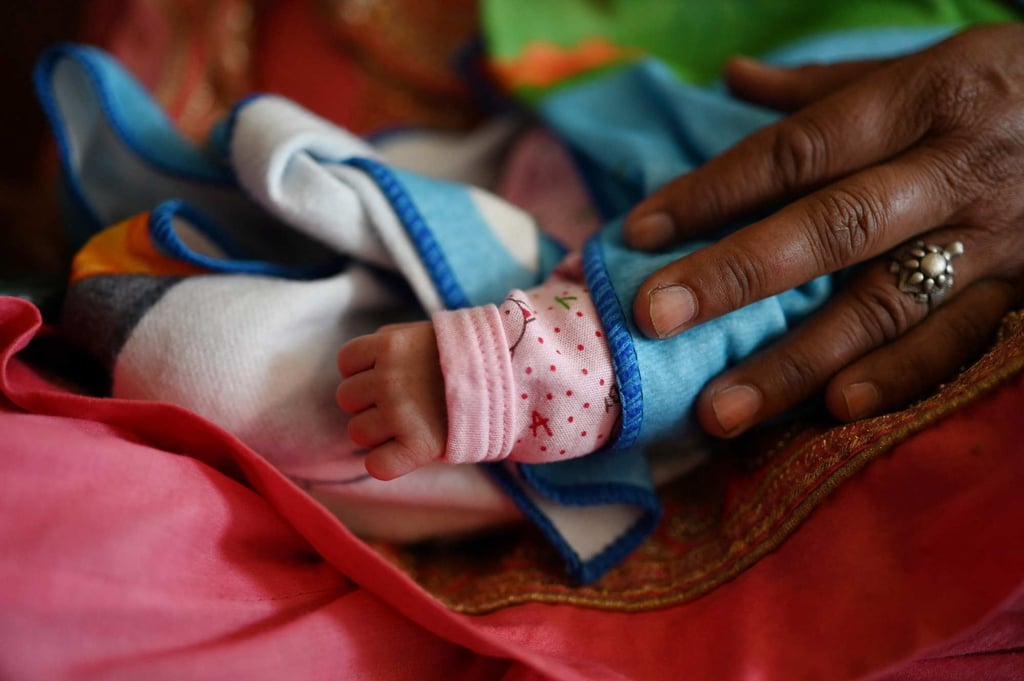Advertisement
Opinion | India needs reform to make taking China’s title as most populous nation count
- Demography is not necessarily destiny, and Indian policymakers must find a way to turn this new-found status into a boon for the people
- To secure significant dividends, they need to enhance political governance, boost social spending and infrastructure and bolster regulatory regimes
Reading Time:3 minutes
Why you can trust SCMP
1

Recent world media headlines have been dominated by US President Joe Biden’s re-election campaign announcement plus Russia’s ongoing invasion of Ukraine. However, underneath the global radar is another key development in Asia which could shift the tectonic plates of world economics and politics.
As soon as this week, India is forecast to become the most populous nation in the world – a potentially big moment in human history as it takes over from China. The nation that has long been the world’s largest democracy becomes the world’s largest country of any political stripe, a position it could hold for centuries to come.
According to the United Nations, India’s population is expected to reach 1,425,775,850 people by the end of April. Moreover, the UN forecasts India will have about 2.9 million more people than China by the middle of 2023.
What this underlines is that, while China and India have accounted for more than a third of the global population for many years, there are key differences between their population trends. China’s birth rate has plunged recently, with its population shrinking last year for the first time since 1961, and could drop below 1 billion before the end of the century.
Meanwhile, India’s higher fertility rate means its population is forecast to continue growing for several decades and potentially peak around 1.7 billion in the second half of the century. India’s population aged 15 to 24 is the largest in the world, at more than 250 million people, and more than two-thirds of all Indians are between the ages of 15 and 59, so the country’s ratio of children and retirees to working-age adults is low.

A key question for Indian policymakers is whether and how they will seek to leverage this new global population stature amid talk of a “Indian century”. The milestone comes at a time when New Delhi is trying to promote itself as a rising international player as the host of this year’s Group of 20 summit.
Advertisement
